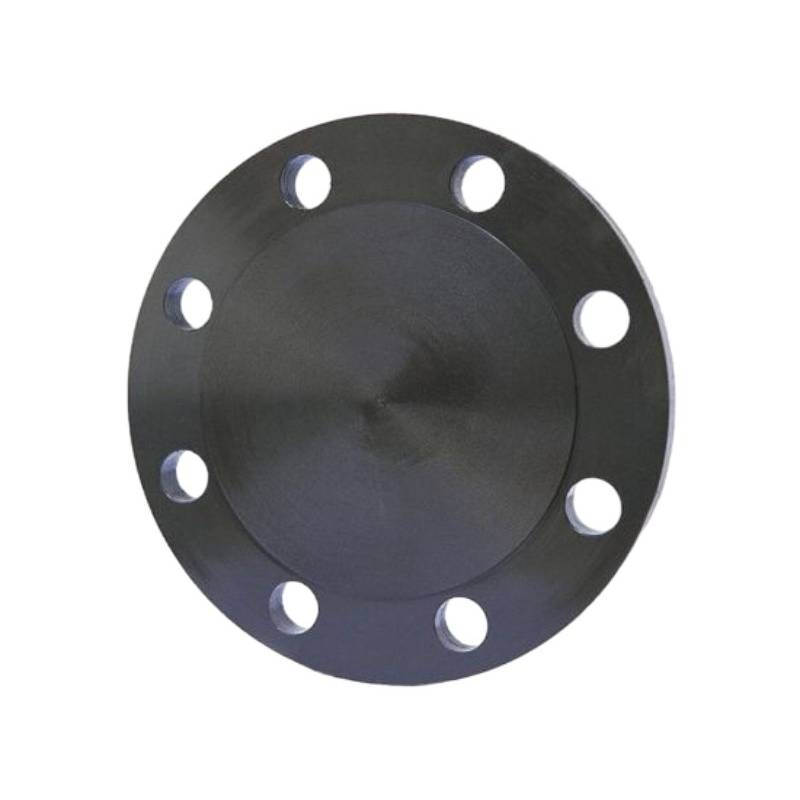-
Cangzhou Yulong Steel Co., Ltd.
-
Phone:
+86 13303177267 -
Email:
admin@ylsteelfittings.com
- English
- Arabic
- Italian
- Spanish
- Portuguese
- German
- kazakh
- Persian
- Greek
- French
- Russian
- Polish
- Thai
- Indonesian
- Vietnamese
- Zulu
- Korean
- Uzbek
- Hindi
- Serbian
- Malay
- Ukrainian
- Gujarati
- Haitian Creole
- hausa
- hawaiian
- Hebrew
- Miao
- Hungarian
- Icelandic
- igbo
- irish
- Japanese
- Javanese
- Kannada
- Khmer
- Rwandese
- Afrikaans
- Albanian
- Amharic
- Armenian
- Azerbaijani
- Basque
- Belarusian
- Bengali
- Bosnian
- Bulgarian
- Catalan
- Cebuano
- China
- China (Taiwan)
- Corsican
- Croatian
- Czech
- Danish
- Esperanto
- Estonian
- Finnish
- Frisian
- Galician
- Georgian
- Kurdish
- Kyrgyz
- Lao
- Latin
- Latvian
- Lithuanian
- Luxembourgish
- Macedonian
- Malgashi
- Malayalam
- Maltese
- Maori
- Marathi
- Mongolian
- Myanmar
- Nepali
- Norwegian
- Norwegian
- Occitan
- Pashto
- Dutch
- Punjabi
- Romanian
- Samoan
- Scottish Gaelic
- Sesotho
- Shona
- Sindhi
- Sinhala
- Slovak
- Slovenian
- Somali
- Sundanese
- Swahili
- Swedish
- Tagalog
- Tajik
- Tamil
- Tatar
- Telugu
- Turkish
- Turkmen
- Urdu
- Uighur
- Welsh
- Bantu
- Yiddish
- Yoruba

Dec . 30, 2024 19:32 Back to list
din flange
Understanding DIN Flanges A Comprehensive Overview
Flanges are crucial components in piping systems, providing a means for joining pipes, valves, pumps, and other equipment in a reliable manner. Among the various types of flanges, DIN flanges, adhering to the German Institute for Standardization (Deutsches Institut für Normung), are widely recognized for their quality and standardization in industrial applications.
What Are DIN Flanges?
DIN flanges are designed according to specifications set forth by the DIN standards, which cover a range of industrial applications, including piping, fittings, and flanged connections. These flanges are typically made from various materials such as stainless steel, carbon steel, and other alloys, allowing for versatility in different environmental conditions.
DIN flanges can be differentiated based on several factors, including material, size, pressure rating, and type. Some common types of DIN flanges include
- Blind Flanges Used to close off the end of a piping system. - Slip-On Flanges Designed to slip over the pipe and are welded in place. - Weld Neck Flanges Characterized by a long tapered neck that provides strength and flexibility, ideal for high-pressure applications. - Socket Weld Flanges Used for small-diameter piping, where the pipe is inserted into the flange socket and then welded.
Key Standards and Specifications
The most common DIN standards related to flanges include
- DIN 2573 This standard specifies the dimensions and tolerances for flanges used in general piping applications. - DIN 2631 Focuses on weld neck flanges and their corresponding specifications for pressure and temperature ratings. - DIN 4852 Relates to slip-on flanges, outlining the necessary specifications and dimensions.
These standards ensure that DIN flanges across industries are interchangeable and reliable, aiding in maintenance and operation without needing bespoke solutions or modifications
.din flange

Applications of DIN Flanges
DIN flanges are used in a wide range of applications, including
- Chemical Processing In environments where corrosion resistance is paramount, high-quality stainless steel DIN flanges ensure safe transportation of chemicals and prevent leaks. - Oil and Gas High-pressure applications in the oil and gas industry require robust flanges to handle extreme conditions. - Water Treatment Reliable connections in water systems are critical, making DIN flanges ideal for water treatment facilities. - Power Generation In power plants, especially those utilizing steam systems, DIN flanges play a vital role in connecting piping systems.
Advantages of Using DIN Flanges
One of the principal advantages of DIN flanges is their standardized manufacturing process. This standardization ensures high quality, dimensional accuracy, and interchangeability, which are critical in industrial settings.
Additionally, the use of DIN flanges can lead to cost savings in terms of installation and maintenance. Their design makes them easier to install and remove, facilitating repairs and modifications without extensive downtime.
Moreover, because DIN flanges adhere to established safety standards, they provide reliable solutions for critical applications, helping to prevent leaks and failures that can lead to harmful incidents.
Conclusion
In conclusion, DIN flanges are integral to many industrial applications, thanks to their adherence to rigorous standards set forth by the DIN. Their extensive variety, including blind, slip-on, and weld neck flanges, allows for adaptability in various environments and systems. The reliability provided by DIN flanges makes them a preferred choice for engineers and designers looking to create safe, efficient, and durable piping systems. As industries continue to evolve, the importance of DIN flanges will remain, underlining their significance in the realm of manufacturing and engineering.
For anyone involved in piping design or maintenance, understanding DIN flanges is essential. Their standardized nature coupled with numerous applications demonstrates their critical role in ensuring safe and efficient system operations across diverse industrial fields.
Latest news
-
ANSI 150P SS304 SO FLANGE
NewsFeb.14,2025
-
ASTM A333GR6 STEEL PIPE
NewsJan.20,2025
-
ANSI B16.5 WELDING NECK FLANGE
NewsJan.15,2026
-
ANSI B16.5 SLIP-ON FLANGE
NewsApr.19,2024
-
SABS 1123 FLANGE
NewsJan.15,2025
-
DIN86044 PLATE FLANGE
NewsApr.19,2024
-
DIN2527 BLIND FLANGE
NewsApr.12,2024
-
JIS B2311 Butt-Welding Fittings LR/SR 45°/90° /180°Seamless/Weld
NewsApr.23,2024











